Affiliate links on Android Authority may earn us a commission. Learn more.
Remembering the first Android phone, the T-Mobile G1 (HTC Dream)
On September 23, 2008, the mobile operating system we all know as Android was finally introduced to the market. Of course, an OS is nothing without hardware to back it up, and this week marks the debut of the first-ever Android phone, the HTCDream a.k.a. the T-Mobile G1.
While it didn’t exactly set the world alight in terms of sales, the G1 kickstarted a mobile revolution that would eventually see Android dominate the entire industry, lending the phone a legendary status as the first phone to ever bear the Android brand.
But what was the T-Mobile G1 like? What features, specs, and innovations did it bring to the table? What did people make of it back in 2008, and what influence did it have on Android phones to come?
On the week of its anniversary, let’s take a look back at the phone that started it all.
Read more: The history of Android — the evolution of the biggest mobile OS in the world
History and launch
Before we get to the phone itself, it’s important to look at how it came to be.
While we could technically go all the way back to Android’s formative days, the G1’s tale didn’t truly start until 2005 when Google bought Android for around $50 million.
Now backed by Google’s enormous resource pool, Andy Rubin (later of the short-lived Essential) and other Android founders began work in earnest transforming Android into a mobile OS based on the Linux kernel that could take on Symbian, Windows Mobile, and the soon to be iPhone OS (later iOS).
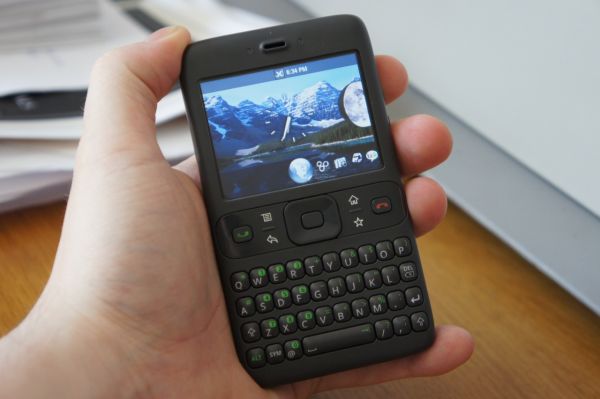
The world caught a glimpse of the first Android phone prototype in late 2007. The internal reference device — codenamed “Sooner” — drew immediate comparisons with Blackberry phones and even at a quick glance, it’s not hard to see why.
Though one key feature (pun absolutely intended) would make its way to the G1, much of Sooner’s design was abandoned following the industry-shaking announcement of the iPhone and the dawn of the touchscreen. The phone never saw a commercial release.
Yet while many were waiting for the first “Google Phone,” the search behemoth secretly had much bigger plans.
As an open, standardized platform, Android quickly attracted the attention of third-party OEMs. This culminated in the formation of the Open Handset Alliance, which included leading phone manufacturers, carriers, and chip makers, each of which was committed to developing open standards for mobile devices.
One of those OHA founding members was HTC, a Taiwanese OEM that in the following years would see its revenues and market share soar (before its more recent fall) thanks to the Android platform. HTCwould also go on to enjoy a long history of collaboration with Google, which included work on the first true “Google Phone,” the Google Nexus One.
But that relationship started with the first Android phone, launched on September 23, 2008, the HTCDream. Just under a month later, the same phone went on sale in the US on October 22 for a price of $179 called the T-Mobile G1.
Design
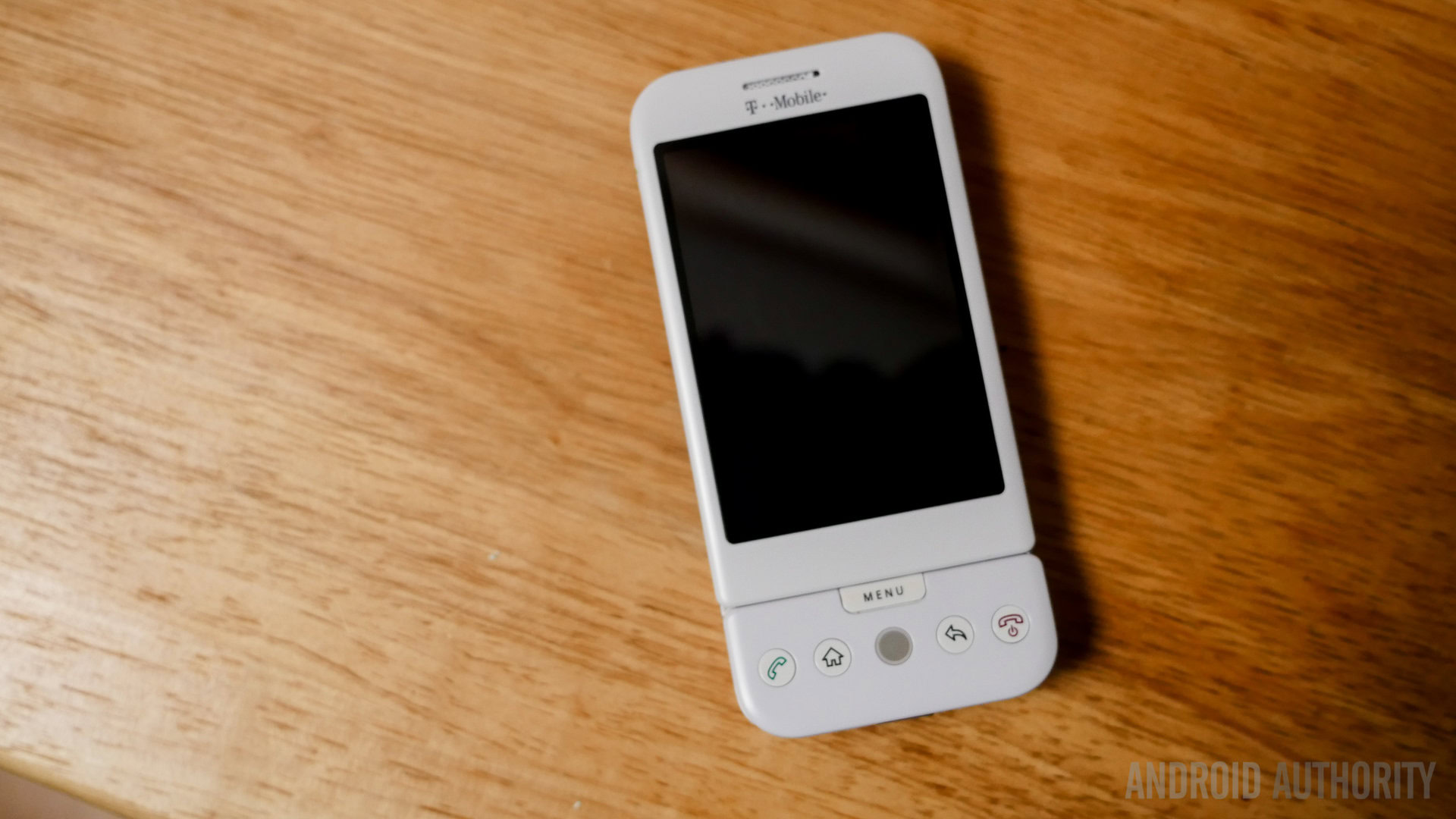
It’s fair to say that looking back at the G1 with today’s phones in mind doesn’t do it any favors, yet even in 2008, it wasn’t exactly the flashiest handset out there.
Perfectly described as a phone that looked like “a gadget in a 1970’s sci-fi movie set in the year 2038” by Engadget at the time of release, the G1 failed to match the sleek appeal of the likes of the iPhone 3G, Sony Ericsson Xperia X1, Nokia N96, or Blackberry Bold 9000, but it did offer a relatively unique form factor and a brand new OS experience.
The phone’s centerpiece was its pop-up, 3.2-inch TFT capacitive touchscreen with a 320 x 480 resolution (~180ppi). Unlike the near bezel-less beauties of today, the G1 had a screen-to-body ratio of just under 50%, with a 3:2 aspect ratio.
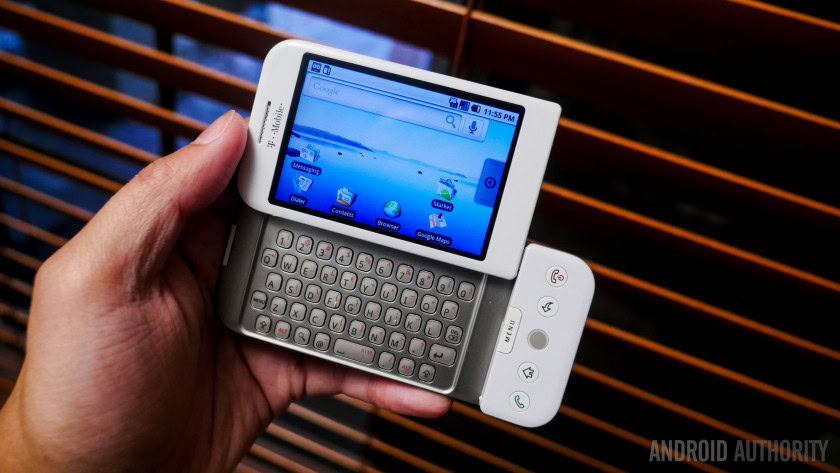
Hidden underneath the slide-out display was a full QWERTY keyboard for those that weren’t entirely convinced by this newfangled touchscreen future.
In fact, the G1 didn’t have a virtual keyboard at all at launch, meaning users had to resort to sliding out the display and using the QWERTY keyboard if they wanted to type anything. Thankfully, a later update added the much-requested feature.
Even in 2008, the T-Mobile G1 wasn’t exactly the flashiest handset out there.
The phone also featured five physical buttons. In addition to the at-the-time-traditional answer and drop call buttons, the G1 had home, back, and menu buttons.
These were all located on the phone’s chin, which was curved slightly to keep the mic closer to your mouth during calls — a questionable design quirk that almost always got in the way while trying to type on the keyboard.
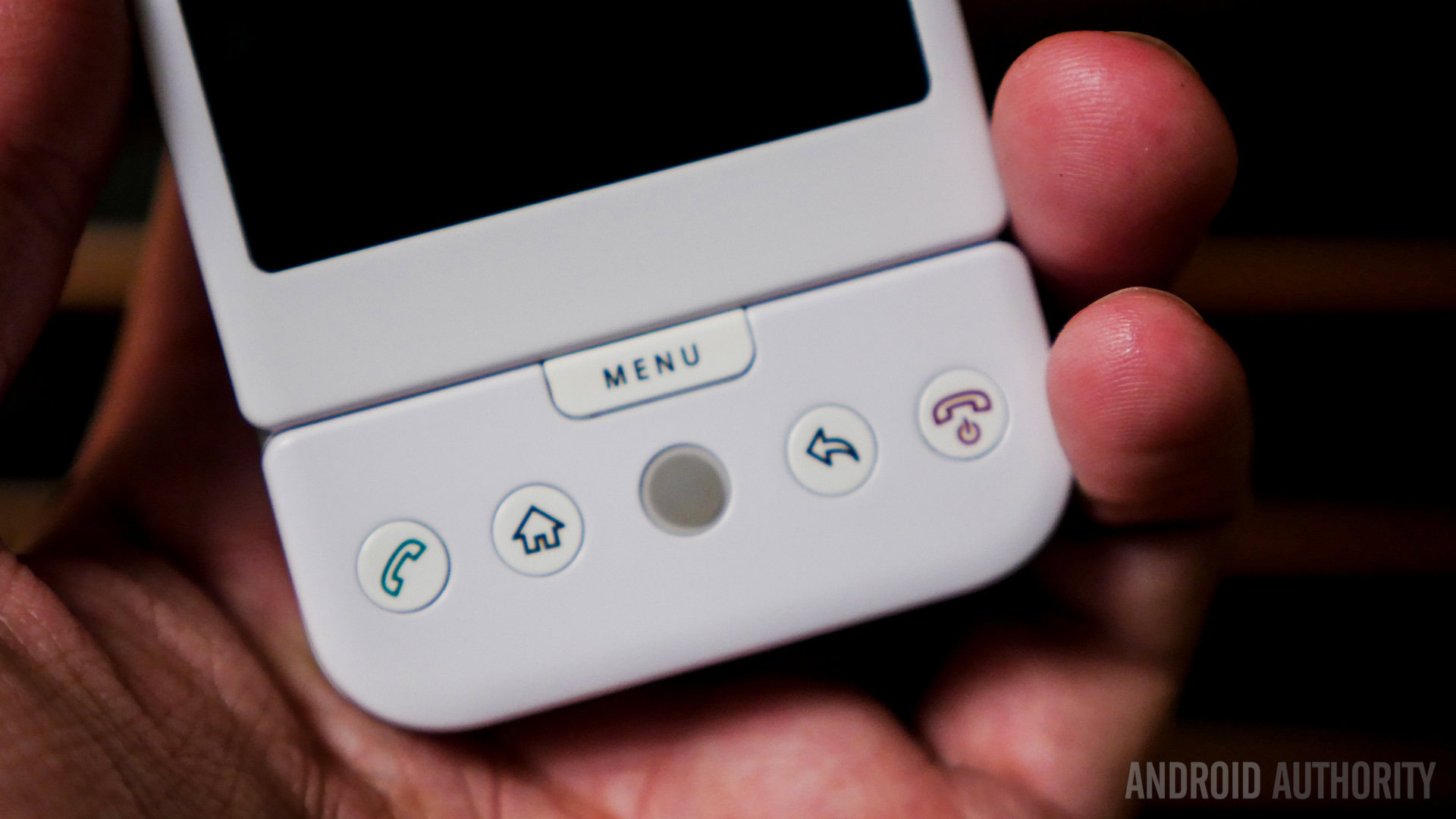
As if five buttons weren’t already enough, the phone also had a dedicated camera shutter button, a volume rocker, and deep breath a clickable trackball. Oh trackballs, how we don’t miss you at all.
Aside from a single speaker on the back, the only other notable design choice on the G1 was actually the removal of a much-loved port. That’s right, the G1 didn’t have a 3.5mm headphone jack.
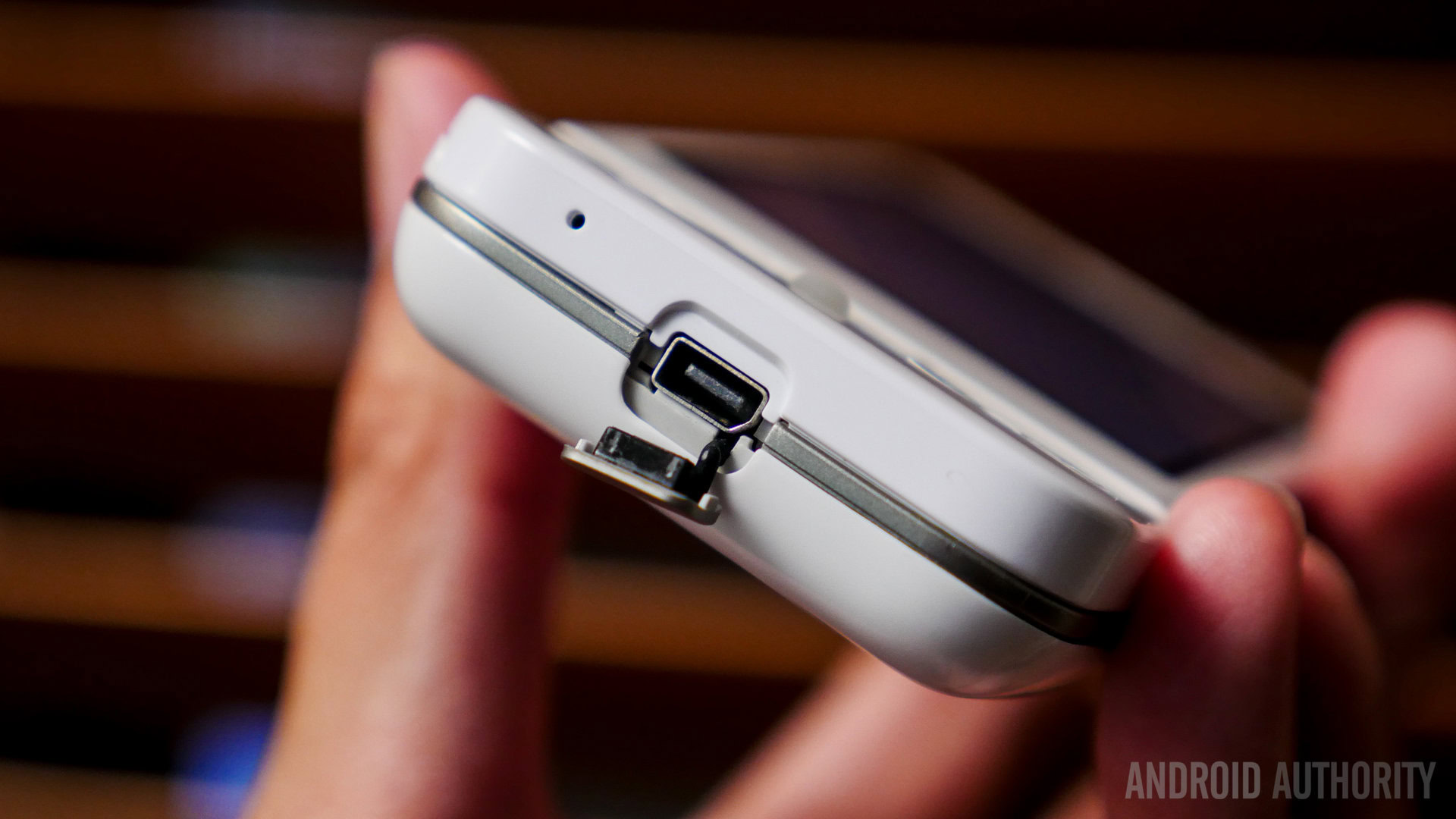
In what feels frighteningly prescient today, the G1 required users to plug an adapter into the phone to use a standard pair of headphones, with the culprit being the phone’s proprietary “ExtUSB” port (which was also Mini USB compatible).
Far from being the harbinger of the death of all headphone jacks, the G1 was a huge exception to rule. Later Android phones would adopt the port and together they would live happily ever after… until their messy divorce years later.
Features and specs
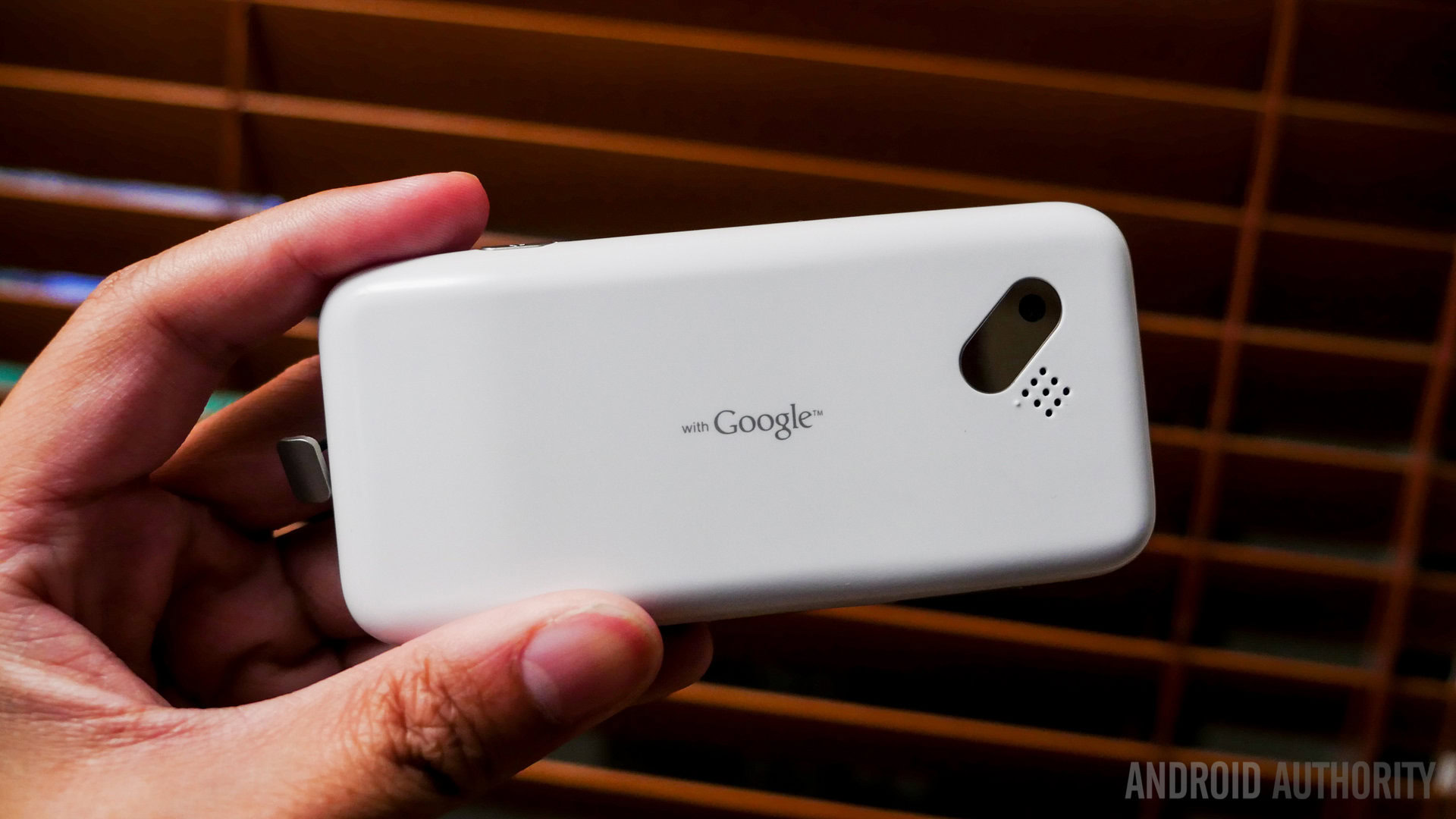
Despite the G1’s questionable design, it still had a lot to offer on the feature front, and most of it was down to this brand new thing called Android… you might have heard of it.
Even in its primitive version 1.0 state (Google didn’t add a snack-centric moniker until 1.1 Petit Four), Android offered functionality that the competition just couldn’t match.
Customizable home screens (up to three at launch), widgets, copy and paste, multitasking for all apps (including third-party apps); some of the G1’s best features still form the spine of Android today. The inclusion of a notification drawer, in particular, was a huge leap over the messy notification system on Apple’s phones.
Also read: The Android Authority team’s favorite classic retro tech
The G1 also set a basis for Google’s app and services model which would rake in billions of dollars in the decade to come.
Google Maps (powered by GPS and an industry first, built-in compass), Gmail, and YouTube came preinstalled, as well as a basic HTML browser which of course opened up to the Google Search homepage.
But the most important inclusion was the Android Market, a digital storefront that opened with just over a dozen apps from third-party manufacturers that we now know as the Google Play Store. It would slowly grow in momentum as other developers joined the Android crew, offering G1 users a potentially endless source of tools and games to play with.
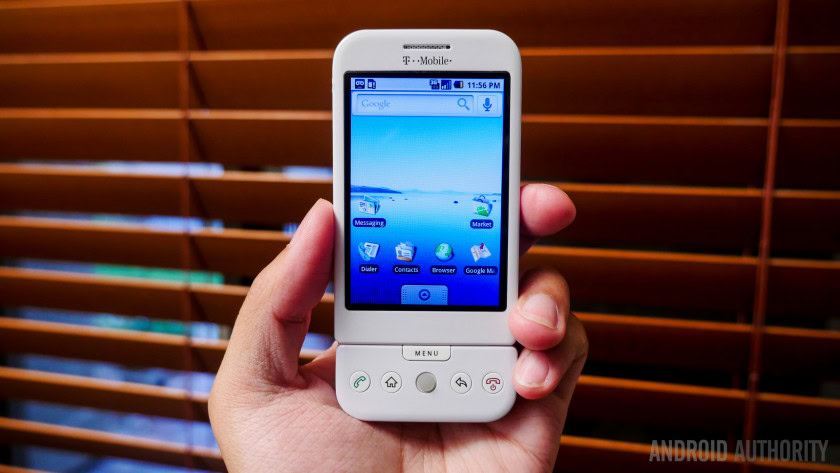
As for raw specs, the G1’s internals sound laughable from a modern perspective, but it packed enough of a punch back in its day. The G1 was powered by a Qualcomm MSM7201A SoC with an Adreno 130 GPU, and backed by 192MB of RAM, 256MB internal storage (expandable up to 16GB), and a removable 1,150mAh battery.
On the camera front, the G1 sported a 3.15MP rear shooter with autofocus. Video recording was added later with Android 1.5 Cupcake.
What did people think of it?
T-Mobile shipped one million G1 units in the first six months in the U.S. In doing so, it helped springboard Android into fourth place in the US smartphone market with a six percent market share behind Windows Mobile OS (11%), Blackberry RIM OS (22%), and iPhone OS (50%).
Despite decent sales, the overall reviews for the phone were all over the place. Some praised the phone’s (for the time) impressive specs and how it effectively brought the Google ecosystem to mobile. Others took the phone to task for its bland design, woeful battery life (just over five hours talk time), and the limited number of apps on Android Market at launch.
The common thread throughout all discussions for the G1, however, was Android, with almost all fans and critics agreeing that the OS showed significant promise and could become a big player in the mobile industry.
T-Mobile G1: The legacy of the first Android phone
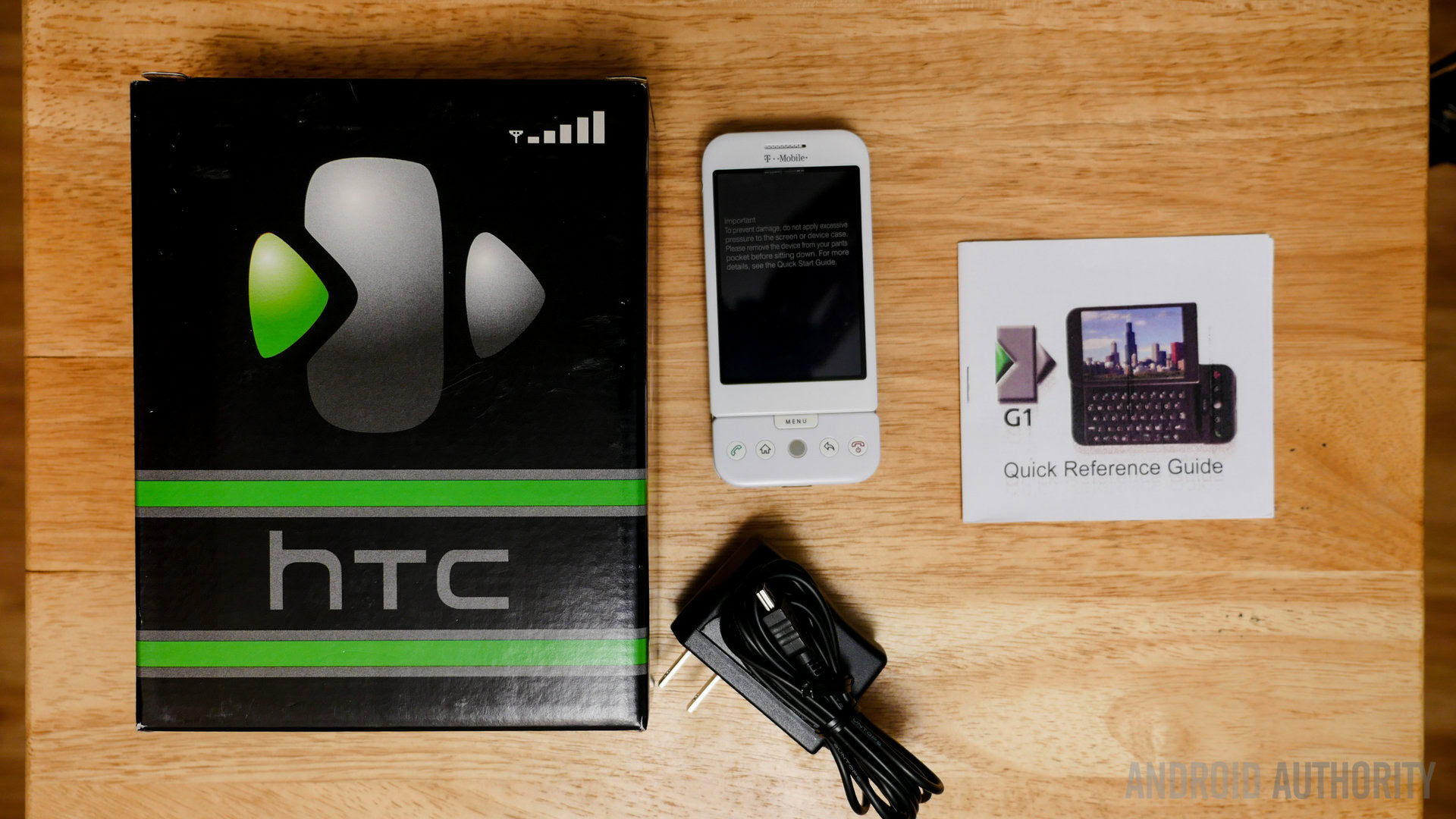
Over a decade on from the G1’s release and Android has an iron grip on the industry with over 70% market share and hundreds of partner brands creating Android-powered devices.
As for the G1, its story ended for good in 2010 after HTCdiscontinued production, with Android 1.6 Donut as its swansong official software update.
While it was far from the finished article, the G1 remains an important part of Android’s storied history and its influence can still be seen in the DNA of the Galaxies, Pixels, and the many other different phones that we use today.
So when you next grab your beloved Android phone out of your pocket, spare a thought for the legendary phone that started it all.
Did you have a G1 back in the day? Share your memories in the comments!
Editor’s note: This is an updated version of an article published in 2018.